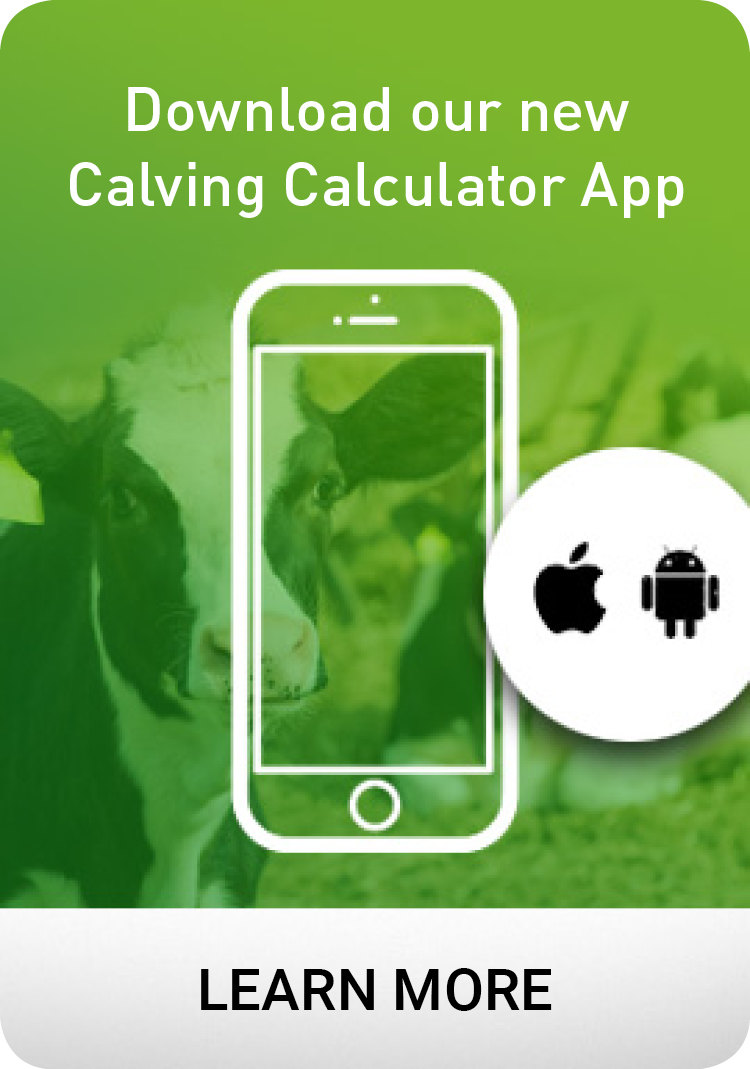The Repro360 Checklist
Use this checklist as a guide to assist in asking the right questions before providing an assisted reproduction program:
What is the objective of the breeding enterprise?
Does the assisted reproduction program fit the overall objective of the breeder? Are there other options or is it possible to tailor a different program to better suit their requirements?
What is the client’s expectation?
Managing expectations are important. Over promising results can lead to a disappointing result, for both the technician and the client and will likely not lead to repeat business. Consider all factors prior to providing an expectation to a client. Similarly, if the client is expecting an unlikely result, it is worth having that conversation prior to starting the program.
What is the mob size?
Is the size of the group manageable? Is there other technologies that can assist in managing that group size? Consider splitting the groups if too large.
Availability and/or cost of labour?
What on-farm staff are available? Do you need to bring in contract labour for the treatment activities? Are the on-farm staff trained to administer treatments correctly? Can the on-farm staff heat detect accurately, or do they have the time to do so?
When semen price is high or rare, it is sometimes better using a heat detection program to ensure the likelihood of pregnancy per semen straw is increased. Consider using ultrasound at the time of AI to ensure an appropriate follicle is present before AI. However, if semen is average to low in price, FTAI generally results in more pregnancies and is often more cost effective to produce AI calves.
Genotype or Breed: Bos indicus or Bos taurus? Dairy or Beef?
Consider the nuances of each breed or genotype that you are dealing with. Do you need to tailor the dose of progesterone in the Cue-Mate device to suit the heifers? Is there a high risk of post-partum anoestrous? Does the production system have its limitations?
Age, parity and lactation status?
Parity has a large effect on results. Multiparous cows will almost always generate better results than heifers. Yearling heifers must be sufficiently mature to engage in the program. First lactation females are more likely to be at risk of post-partum anoestrous. Consider using eCG when the females are in a high risk category. If they are heifers, ensure they are not pregnant from rogue bulls! This is also a case with cow mobs, but more of a risk with heifer groups.
Facilities available?
Are the handling facilities appropriate for the program? In a beef operation are there sufficient holding paddocks to enable easy low-stress mustering for treatments. If using heat detection are their appropriate drafting facilities? Always ensure there is a safe crush for both the technician and females. It is highly recommended that yards have access to water and shade and the ability to provide fodder when stock are required to be held in yards for longer durations.
How many are cycling?
Although non-cycling cows can be successfully synchronised with the use of Cue-Mate® devices and eCG, if the majority of the group is non-cycling it is expected that a sub-optimal result will occur. If there is a large proportion non-cycling or in low body condition consider supplementary feeding to increase body condition score at least 3 weeks prior to commencing the program, and continue to supplementary feed for a further 6 to 12 weeks after the program.
Regulatory issues
Consider any regulatory requirements. This mostly pertains to the use of oestradiol benzoate e.g. cannot be used in lactating Dairy cows. Also consider other regulatory issues such as organic operations.
Download the PDF:


